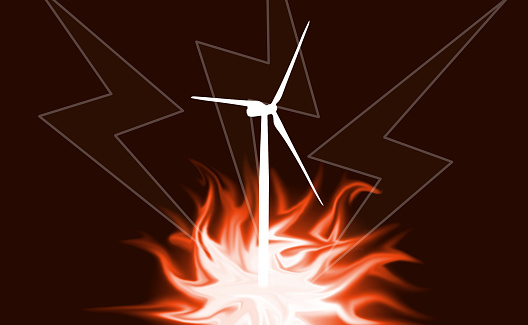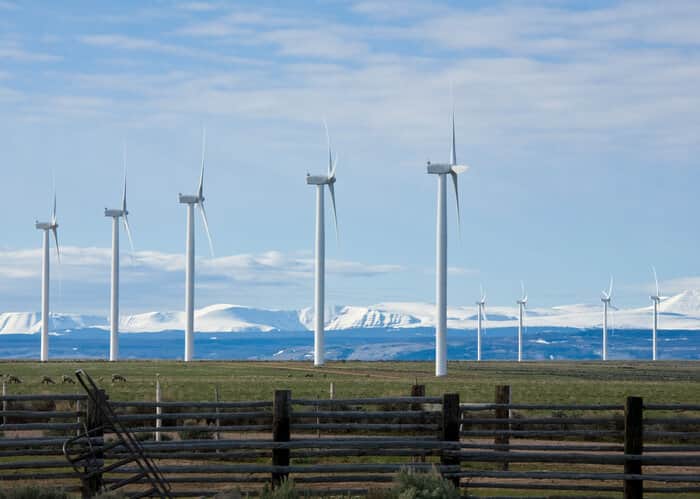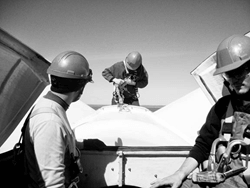 A new report from renewable energy underwriter GCube Underwriting Ltd. (GCube) cautions about the risk of turbine fires.
A new report from renewable energy underwriter GCube Underwriting Ltd. (GCube) cautions about the risk of turbine fires.
According to GCube, though fires are an infrequent occurrence in the global wind energy industry, a track record of incidents – affecting almost every manufacturer and operator – has highlighted the inherent fire risk involved in the operation of modern wind turbines.
The report, ‘Towering Inferno,’ draws from GCube's claims data and experience.
Although turbine fires are greatly outnumbered by losses relating to blades and gearboxes, the majority of these incidents lead to high-profile losses, with a dual financial and reputational impact on a project and its stakeholders. Moreover, there is clear potential for fires to spread and cause a larger environmental incident, notes GCube.
Despite the increasing use of fire suppression throughout the industry, turbine fire incidents typically result in the total or near-total loss of a multimillion-dollar asset. GCube estimates that a wind turbine fire and its associated downtime will cost a project owner a total of $4.5 million on average.
This financial impact is exacerbated by long-term reputational damage, leading to strained relationships with investors and original equipment manufacturers and affecting public perception of safety and reliability standards in the industry at large. Though the 300,000-strong international fleet of wind turbines sees just 50 turbine fires each year, media scrutiny driven by the anti-wind lobby has resulted in a disproportionate amount of negative national and international news coverage.
Concerns about the safety of wind turbines have been fuelled further by recorded incidents of bush fires sparked by burning debris from turbine fires in high-risk locations, such as South Australia and California. Similarly, as the number of projects increases in remote, forested regions of North America and Europe, so, too, does the risk of consequential forest fires.
As a result, GCube says these factors underscore a requirement for the wind industry to adopt a more rigorous approach to preventative maintenance procedures and the implementation of active fire protection, detection and suppression systems.



